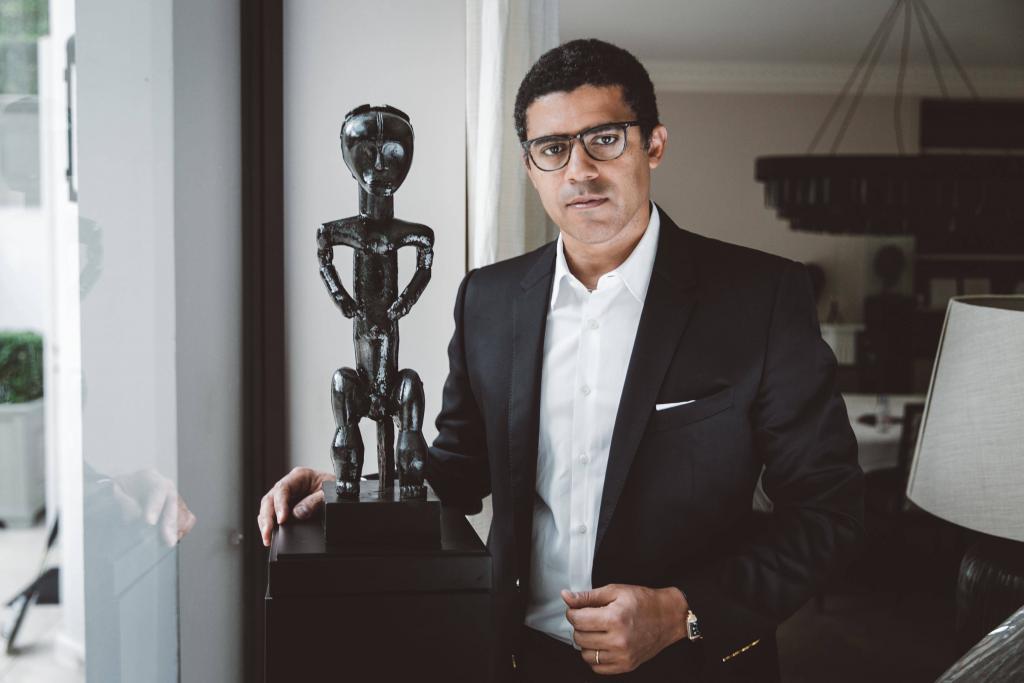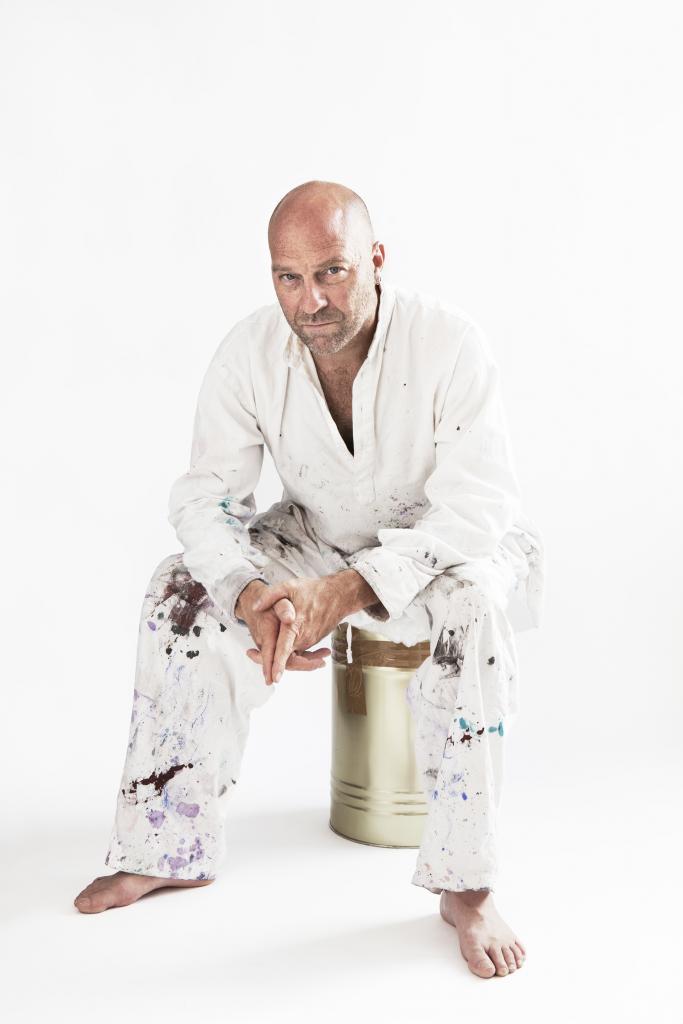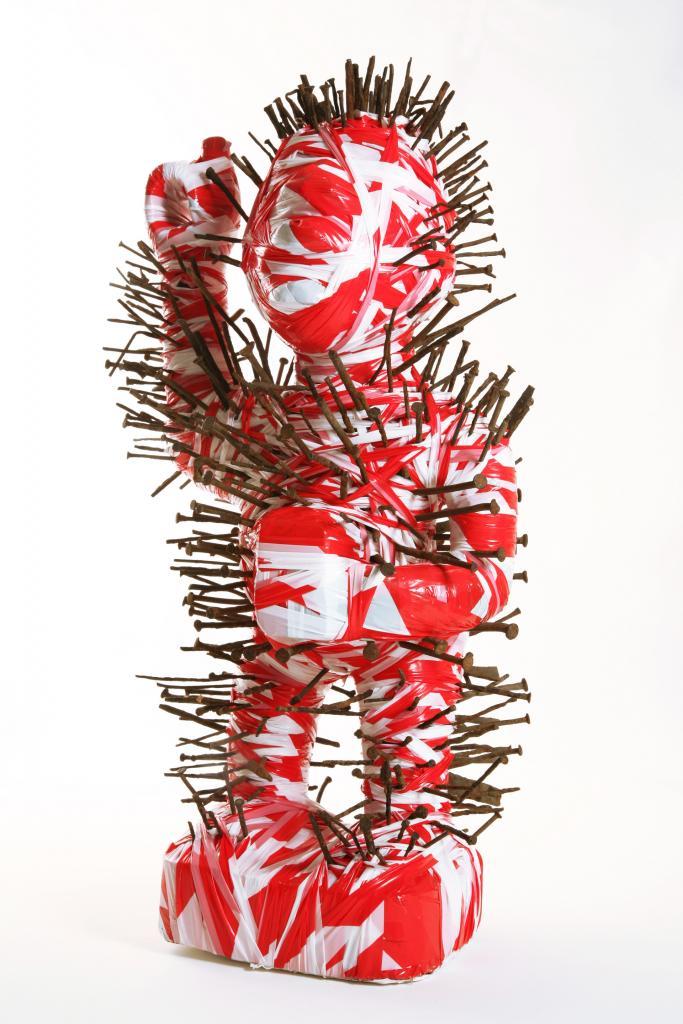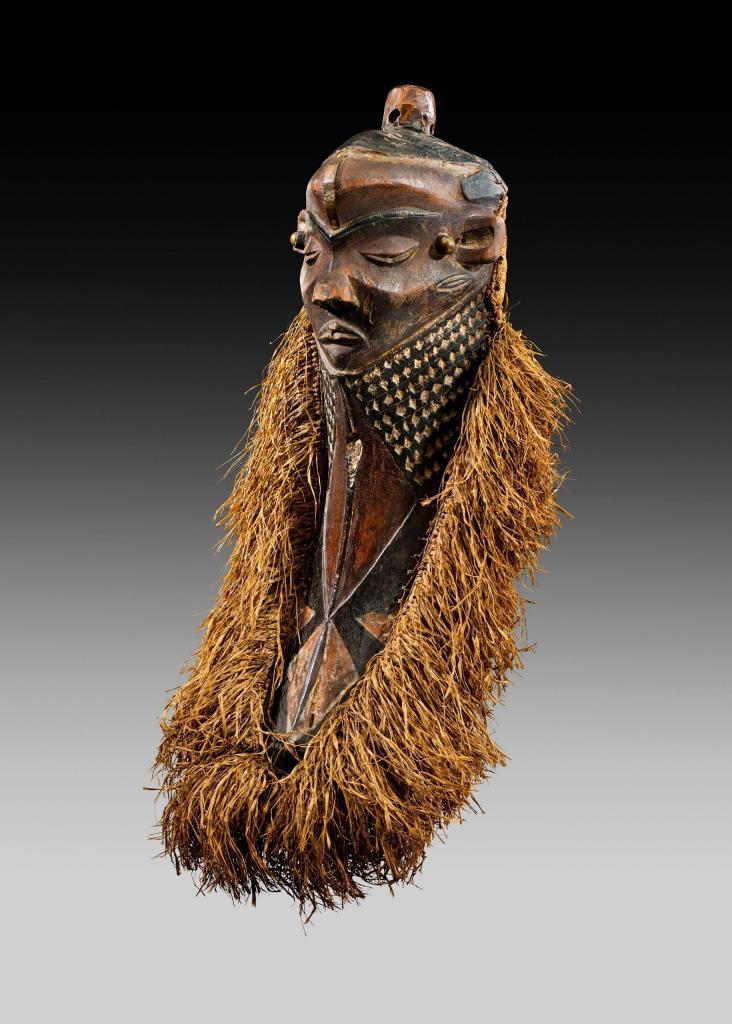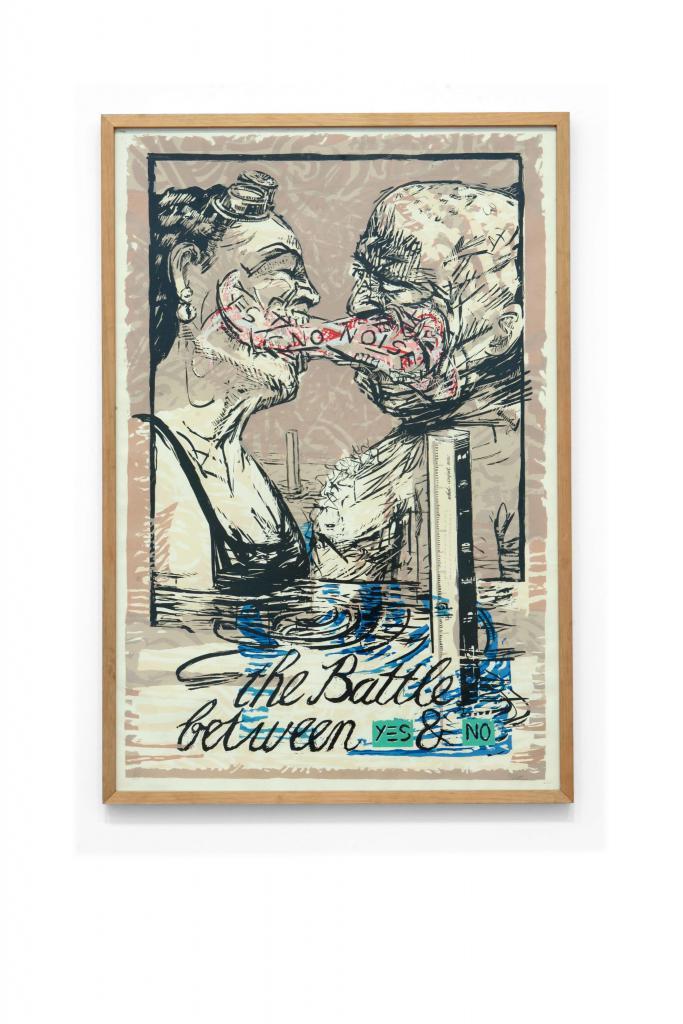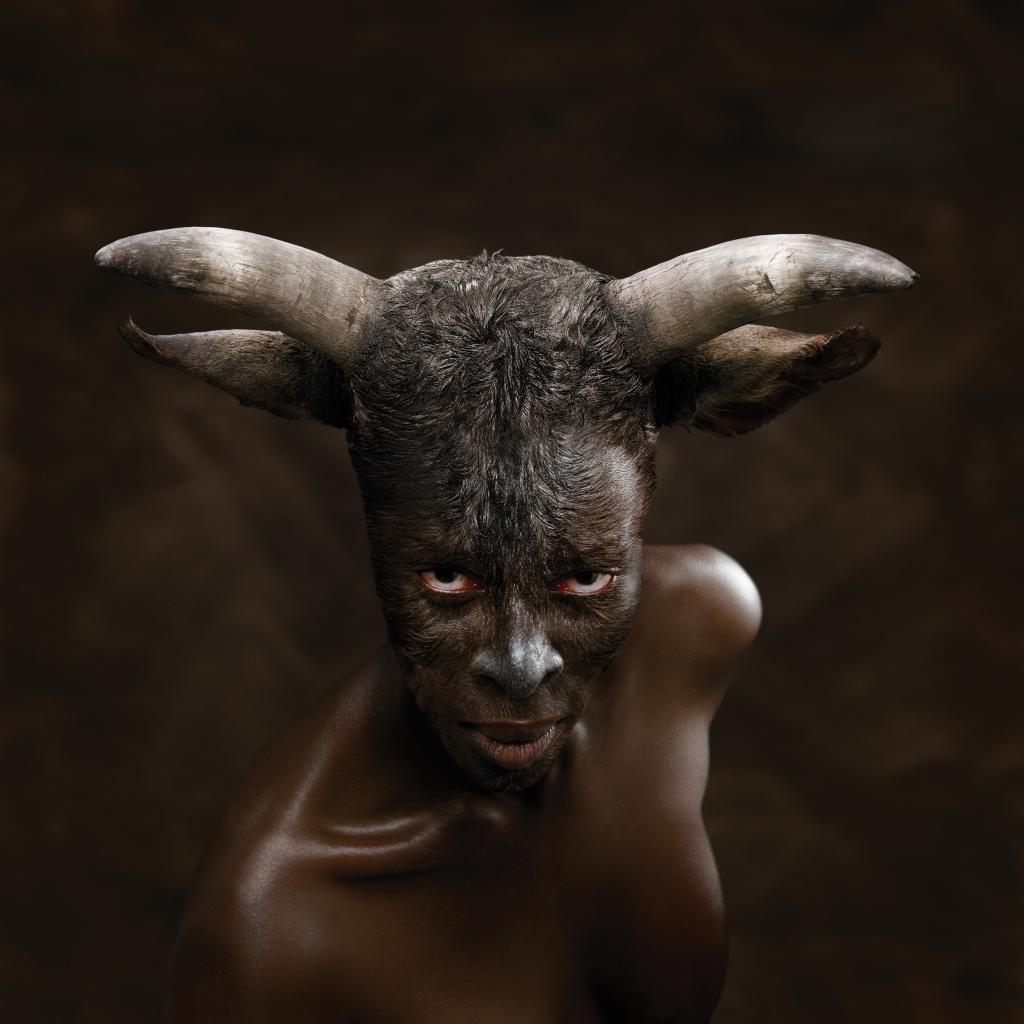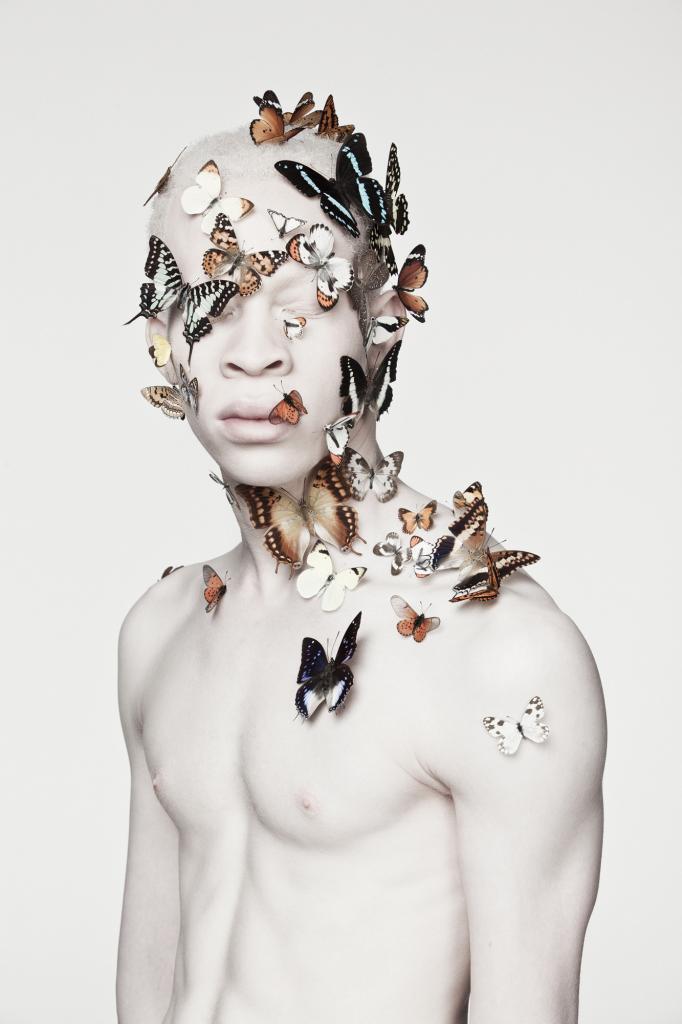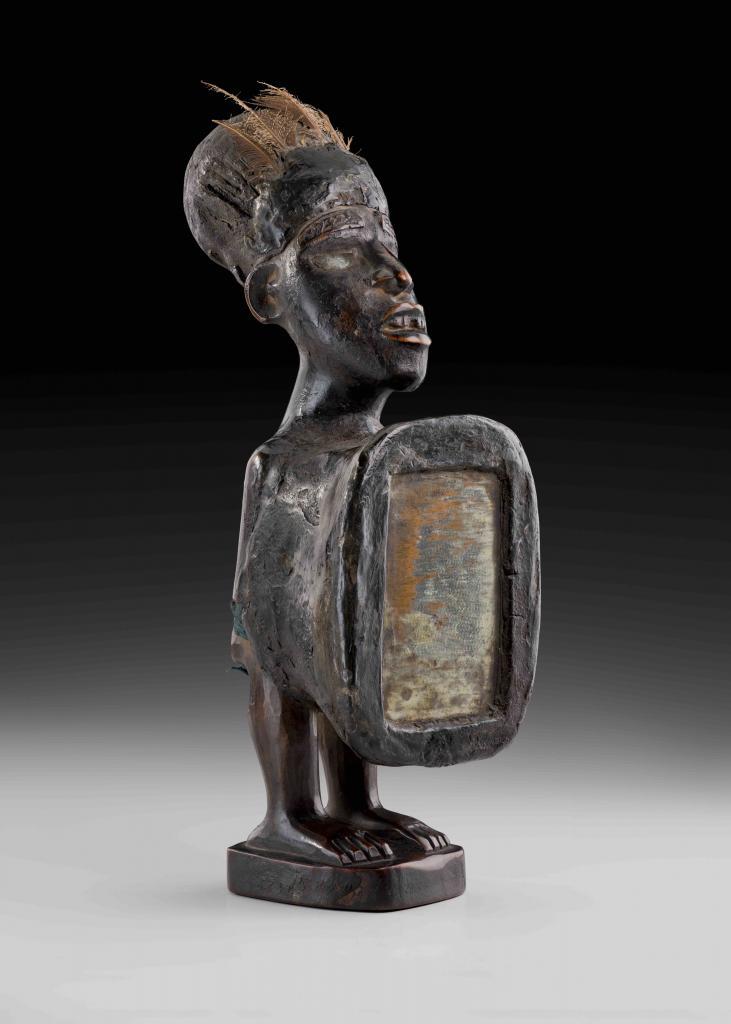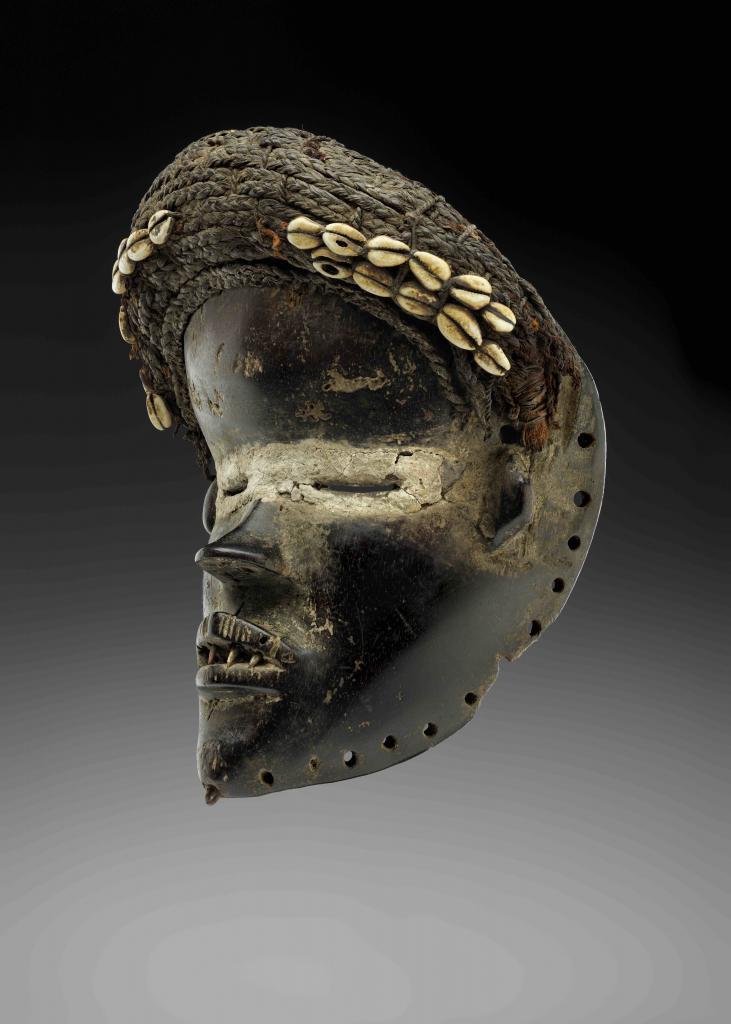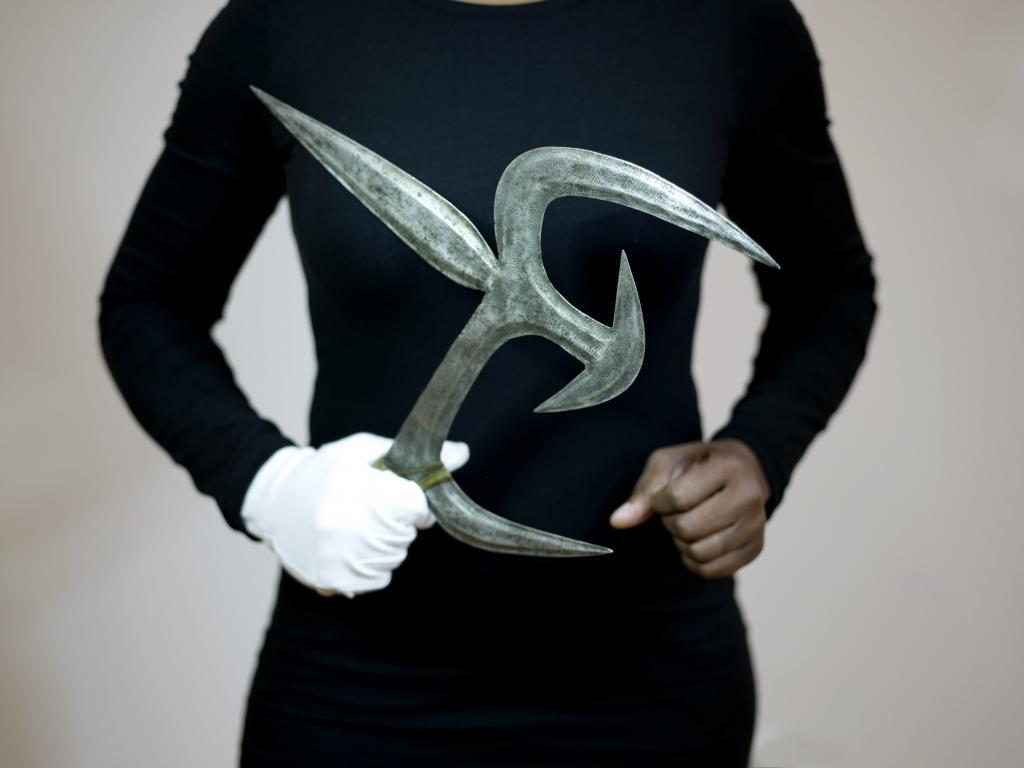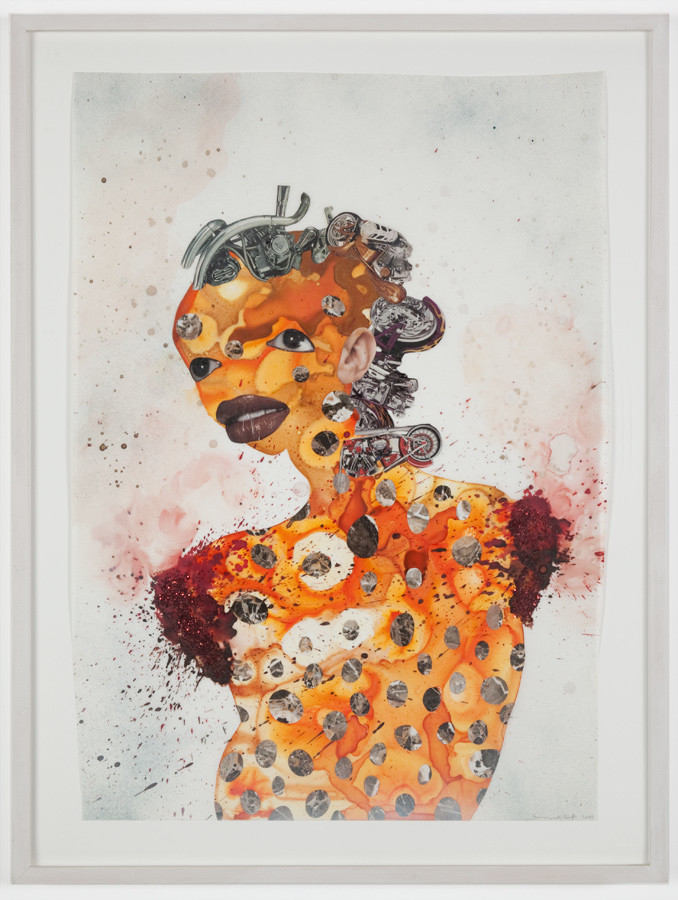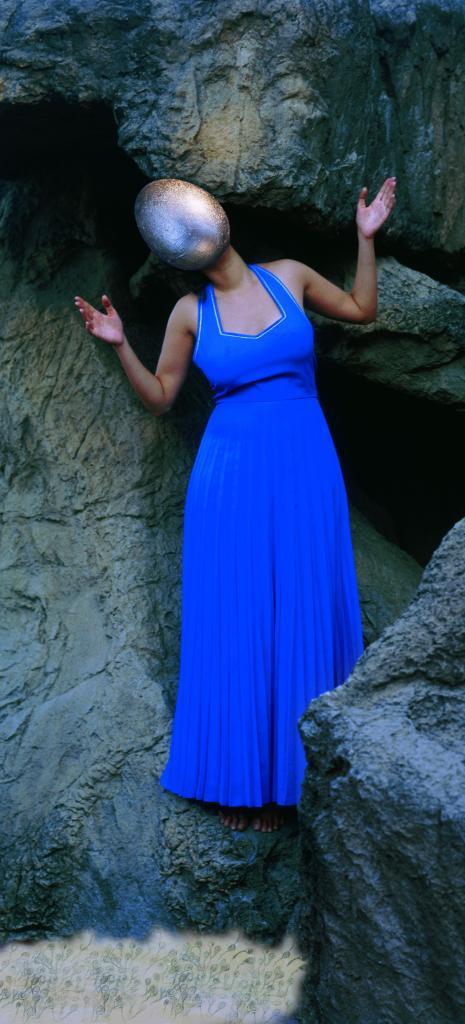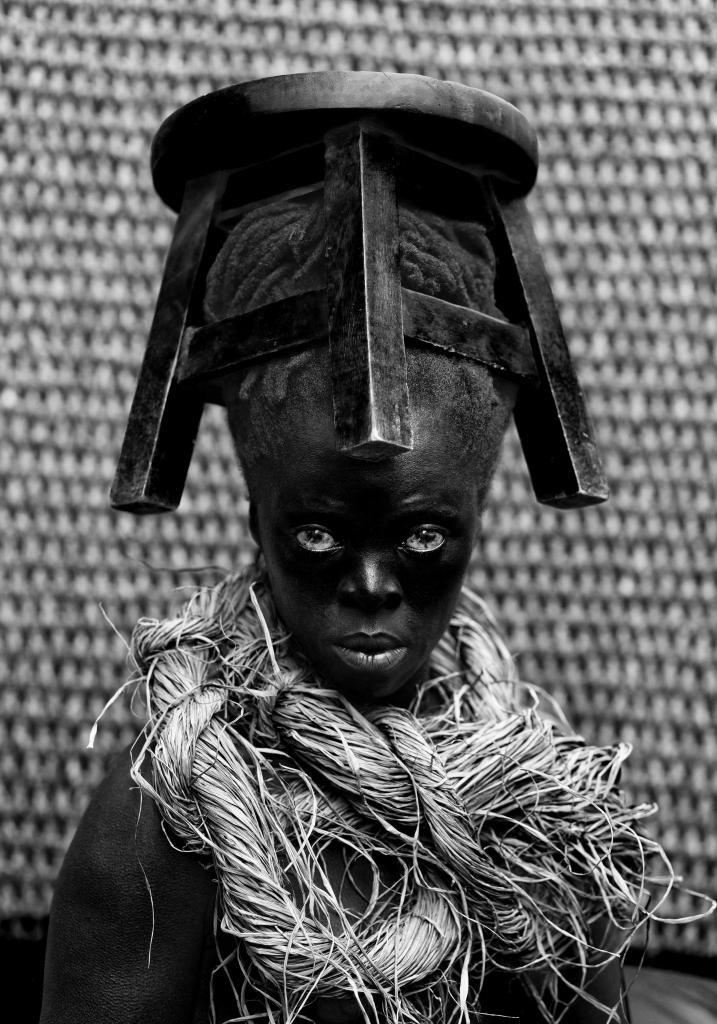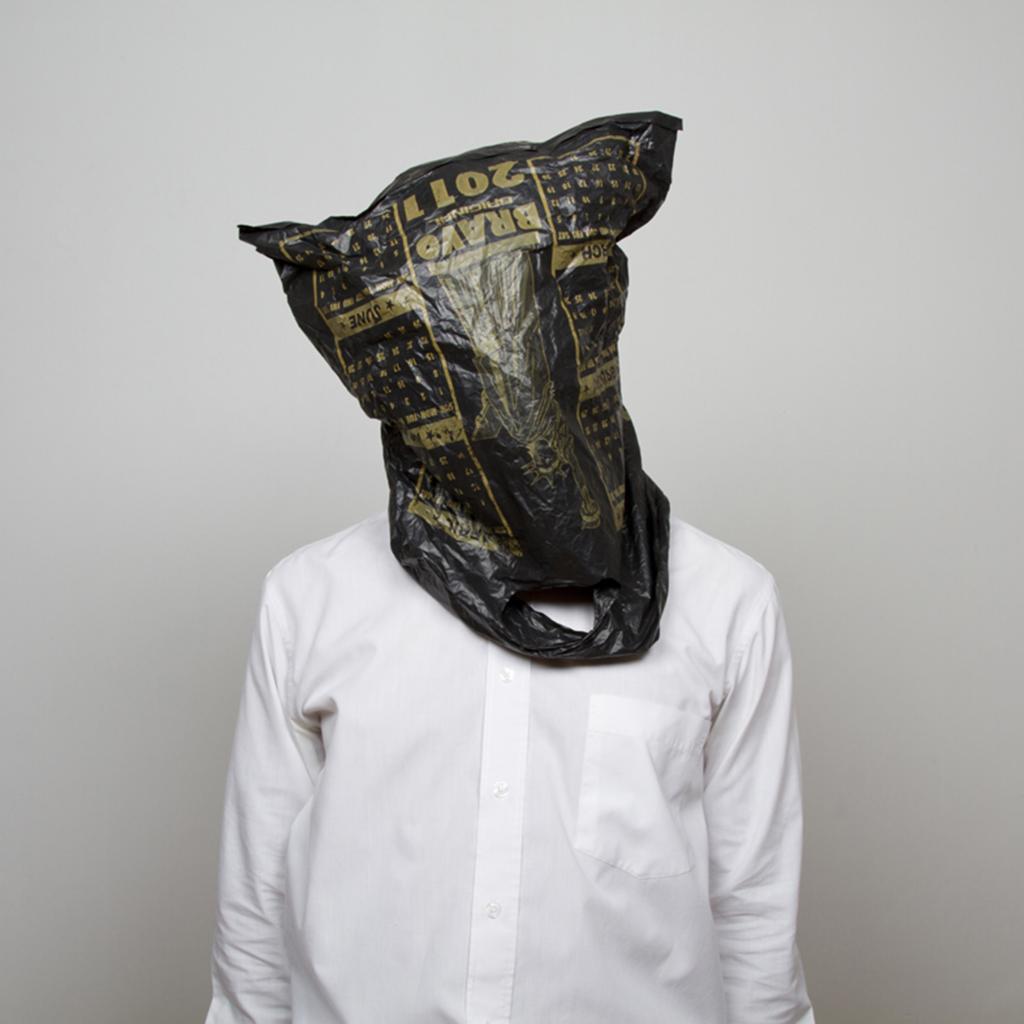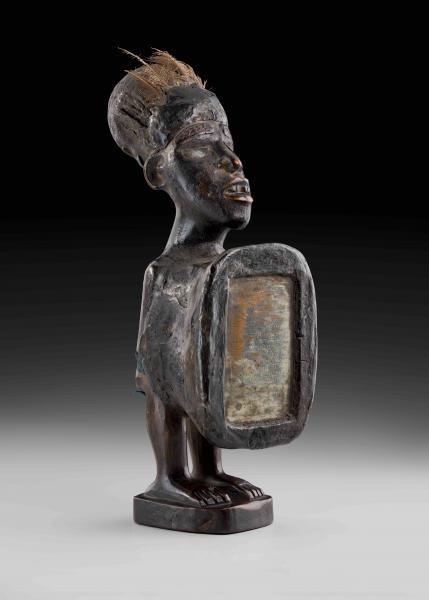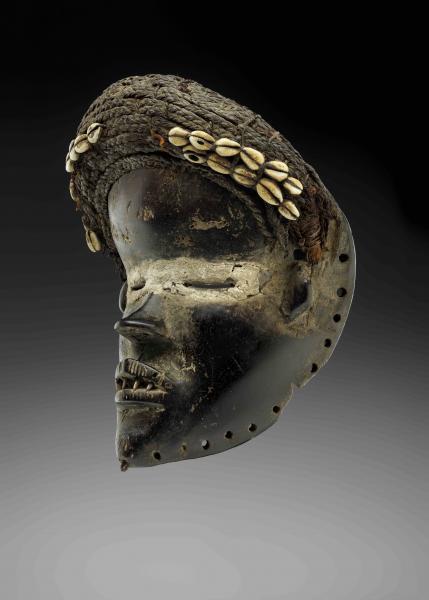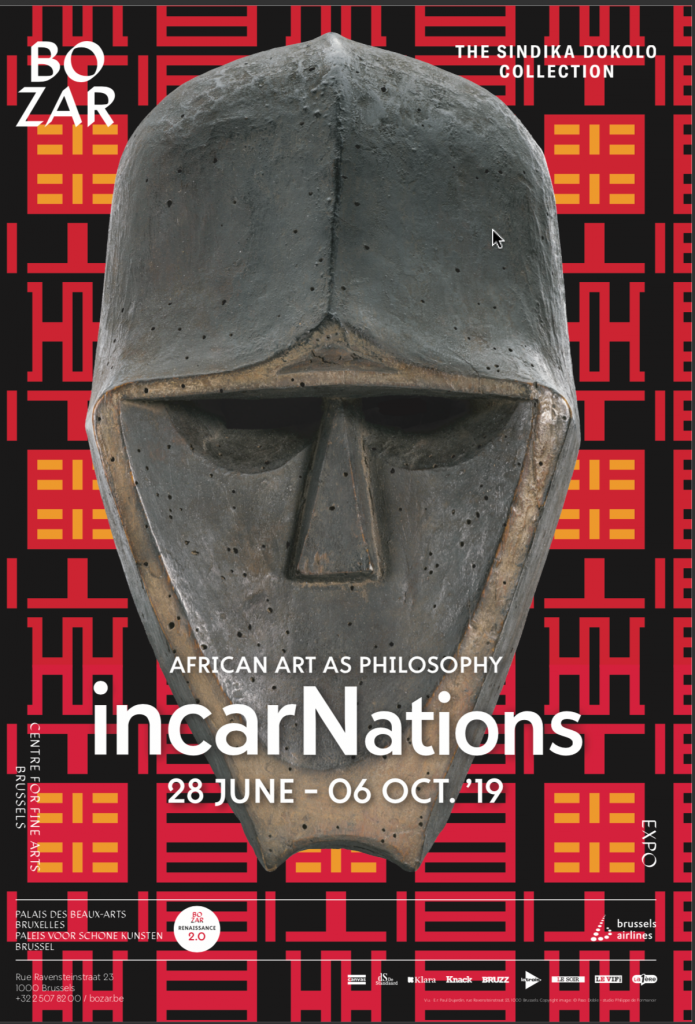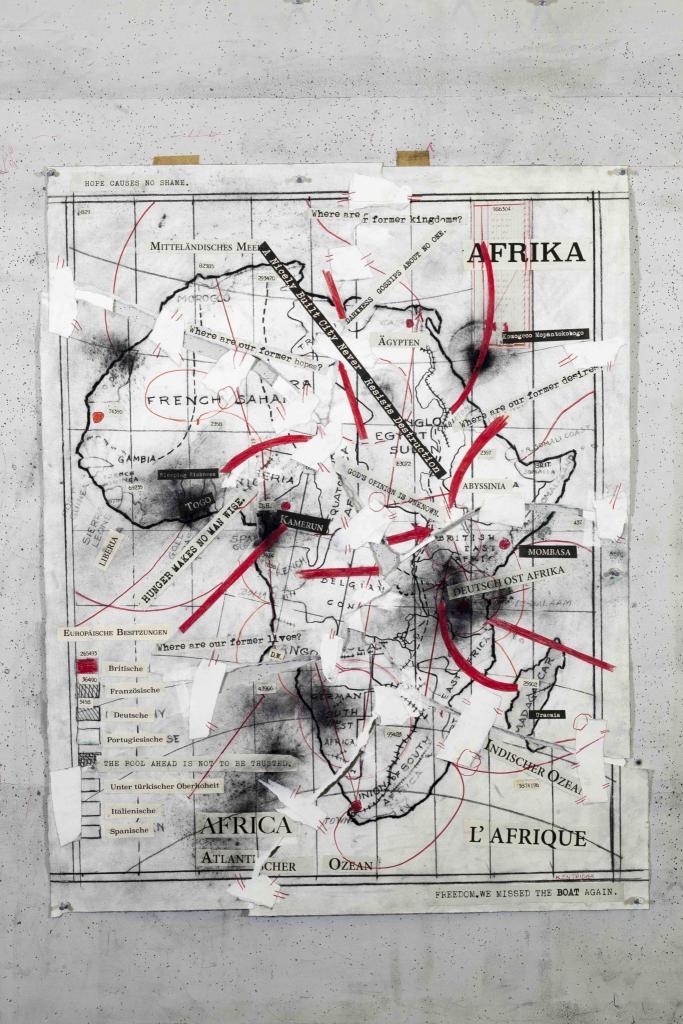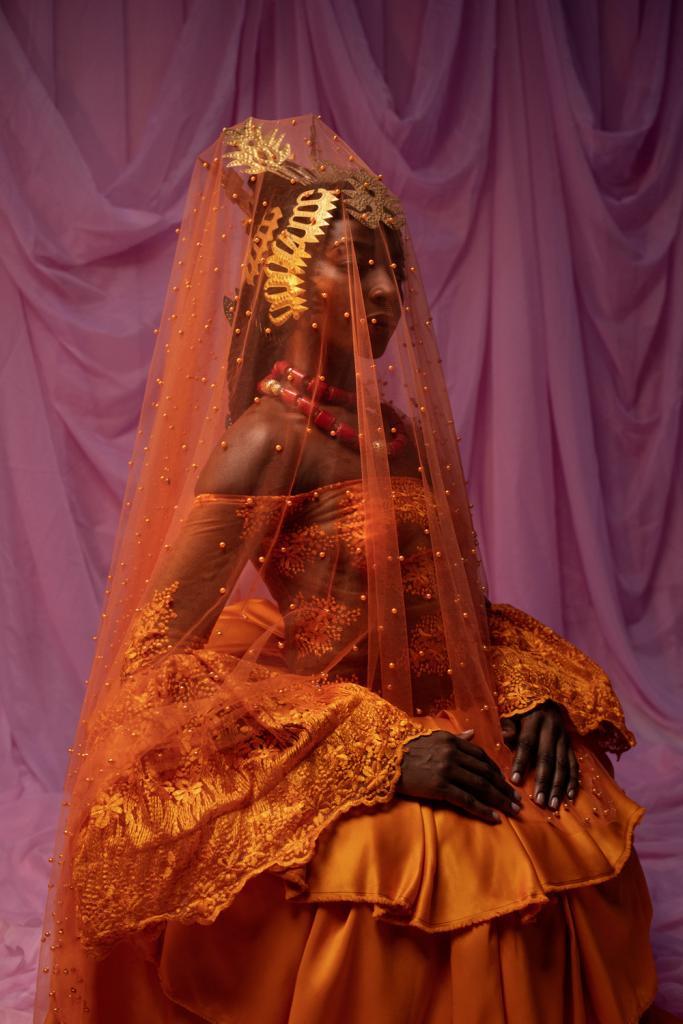Sindika Dokolo and Kendell Geers present “Incarnations. African art as a philosophy”
With nearly 5,000 masterpieces of classical and contemporary African art, Sindika Dokolo’s art collection is considered one of the most beautiful and extensive in the world. The exhibition “IncarNations. African art as philosophy” will present a part of this prestigious collection from 28 June to 6 October 2019, at the Palais des Beaux Art in Brussels.
South-African artist/curator Kendell Geers and Congolese art collector Sindika Dokolo selected together 150 works of art from Dokolo’s impressive collection. Their aim is to lead the visitor towards a change in the perspective on ancient and contemporary African art, by focusing on the spirituality that binds them.
IncarNations is at once a mix and exchange between classical and contemporary art from Africa and its diasporas. The masks, images and historic objects act as milestones, anchoring contemporary works in the ancient context of live creation. For the first time, the classical and contemporary works of this art collection are presented together to the general public.
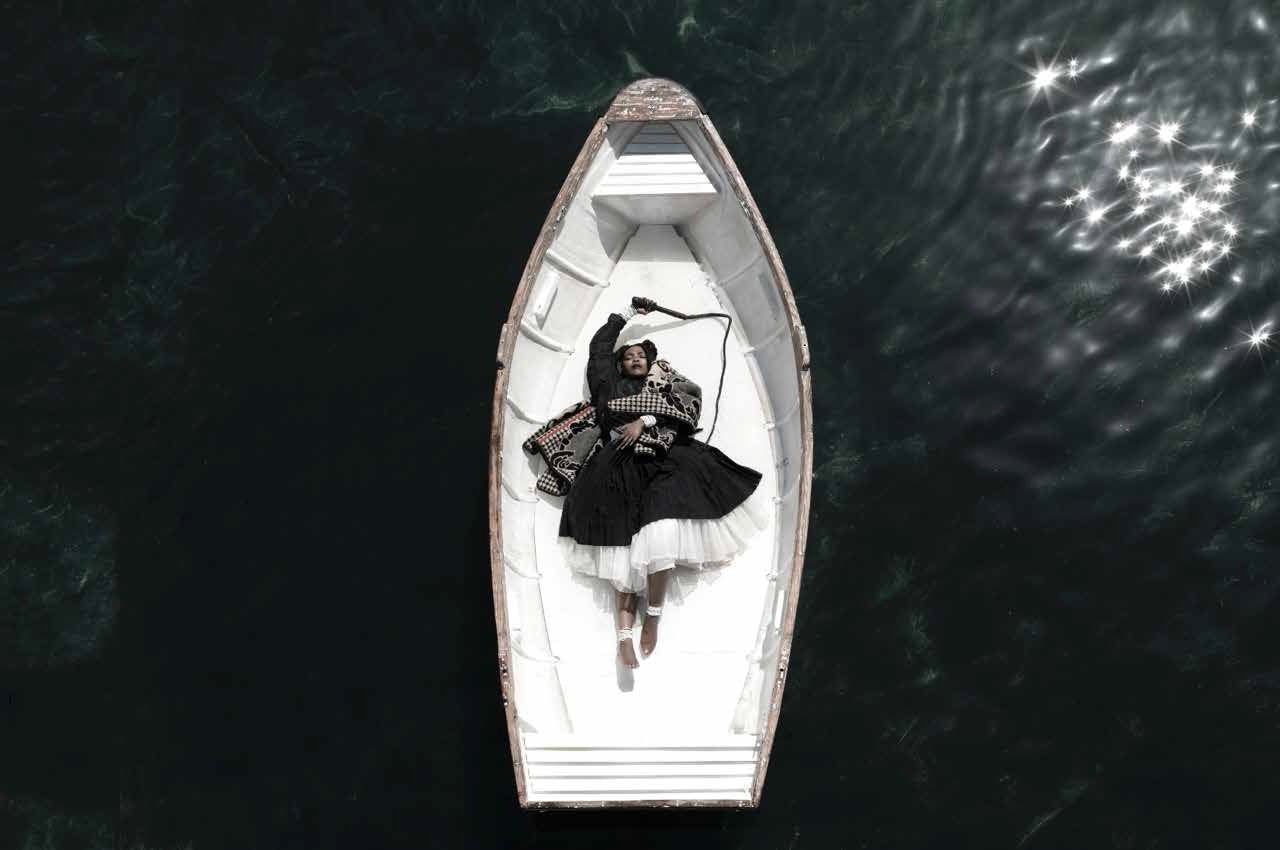
The exhibition includes works by Sammy Baloji, William Kentridge, Tracey Rose, Wangechi Mutu, Otobong Nkanga, Yinka Shonibare, Pascale Marthine Tayou, Ana Mendieta, Kehinde Wiley, Andres Serrano, Aida Muluneh, Mwangi Hutter, Hank Willis Thomas, Tracey Rose, Adrian Piper, LubainaHimid, Roger Ballen, Zanele Muholi, Phyllis Galembo…
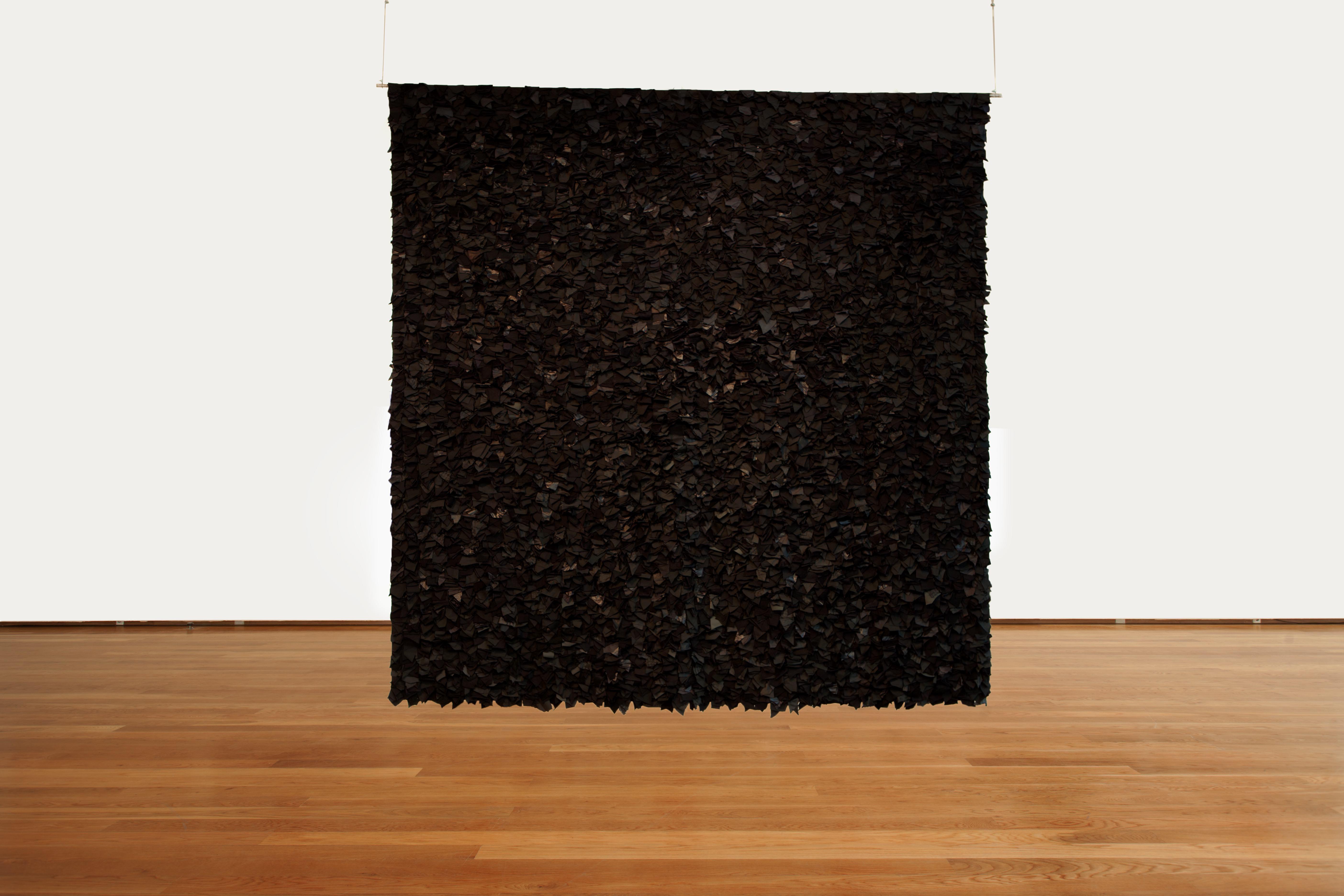
IncarNations proposes an alternate approach to the current tendency to appreciate African art on the basis of its aesthetic quality, origin, and ethnographic context. An Afrocentric approach – ‘African art as philosophy’ – takes as reference the thought of Léopold Sedar Senghor and its analysis by philosopher Souleymane BachirDiagne.
In order to understand art, it is important to apprehend the work’s context, including its spiritual context. An African mask, for example, created to bring about a symbolic transformation, allowed its wearer to incarnate a deity. This same spiritual strength is embodied in both classical and contemporary works.
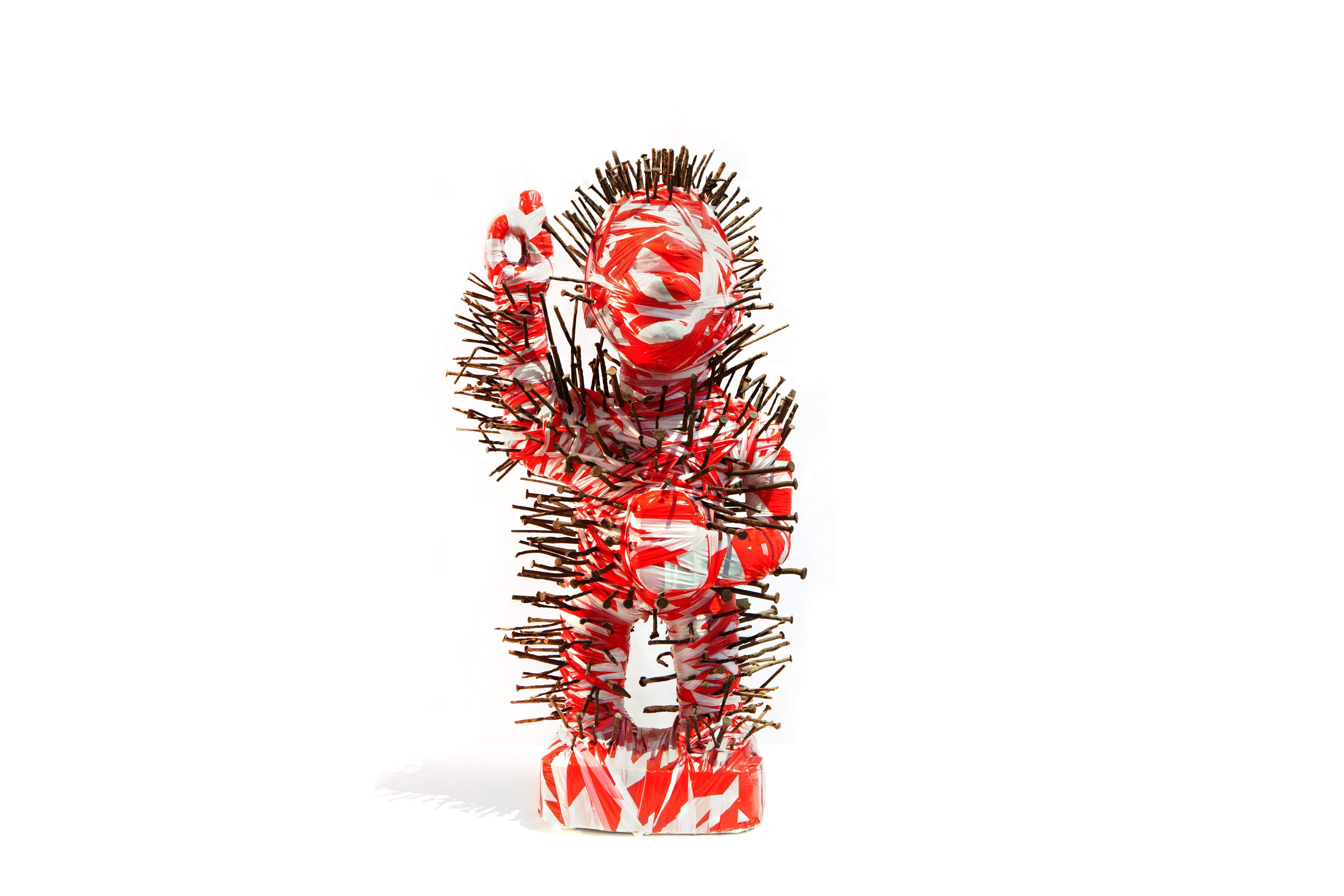
Kendell Geers’ work Twilight of the Idols, a small magico-religious statuette wrapped in hazard warning tape, welcomes visitors. This piece, which brings together classical and contemporary art, forms the key to the exhibition, with its complex spiritual powers and stratification.
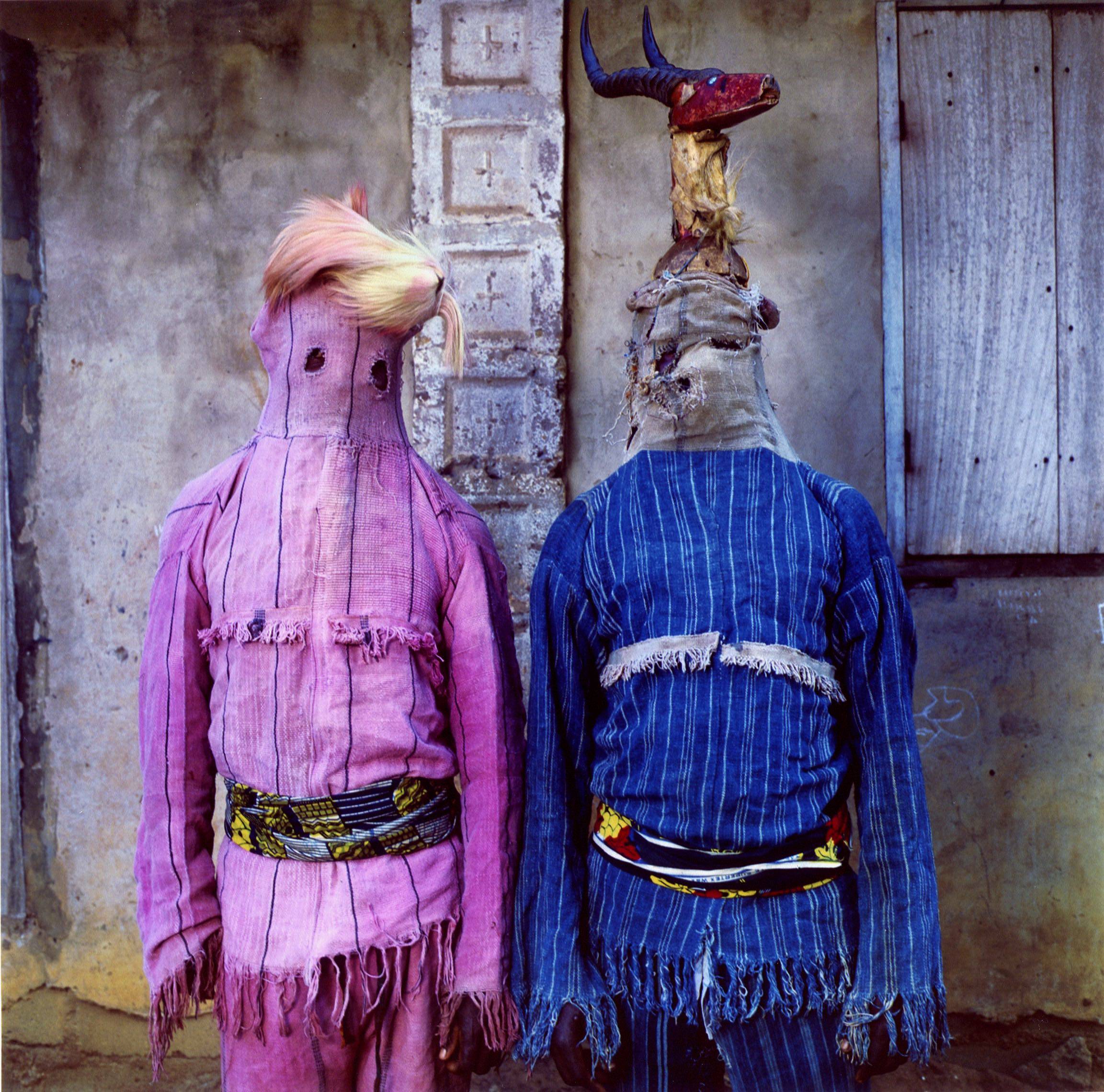
The route flows organically through themes such as animism, Negritude, feminism, identity, masquerade, performativity, fetish, liberation movements, masking traditions and spirit. The classical works are given a central place as spiritual keepers of the exhibition around which the contemporary works are orchestrated. Bruno De Veth’s scenography, a contrasted compilation of image, sound and colour, evokes associations with the dynamic bustle of an African metropolis and underpins the vitality of the works on display.
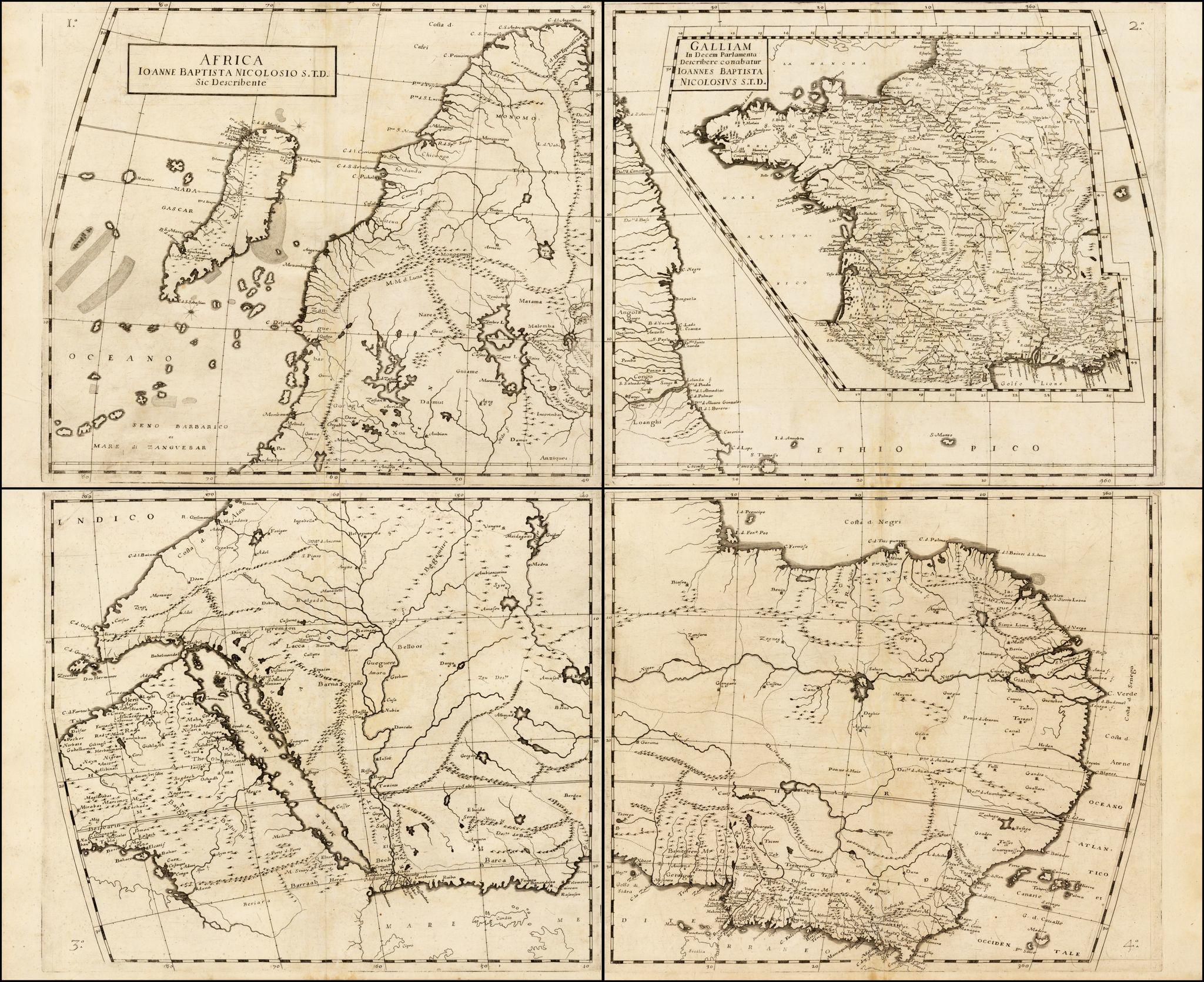
“In IncarNations, Sindika Dokolo and Kendell Geers question the complexity of African identity from a resolutely Afrocentric perspective”.
After all, Africa is an old continent of 54 countries, thousands of living languages and dialects, traditions, and as much contrasts and multiplicities. The African spirit followed its diasporas via the slave, colonial, trade and exile routes and spread world-wide. It influenced Brazilian, Cuban, European and American traditions. And thus paradoxically, African arts defy all geographical definitions because of the importance of diasporas from this continent. Therefore, to build a collection which claims an African identity raises the core question of ‘what is African art ?’’
*More details on this event → HERE

